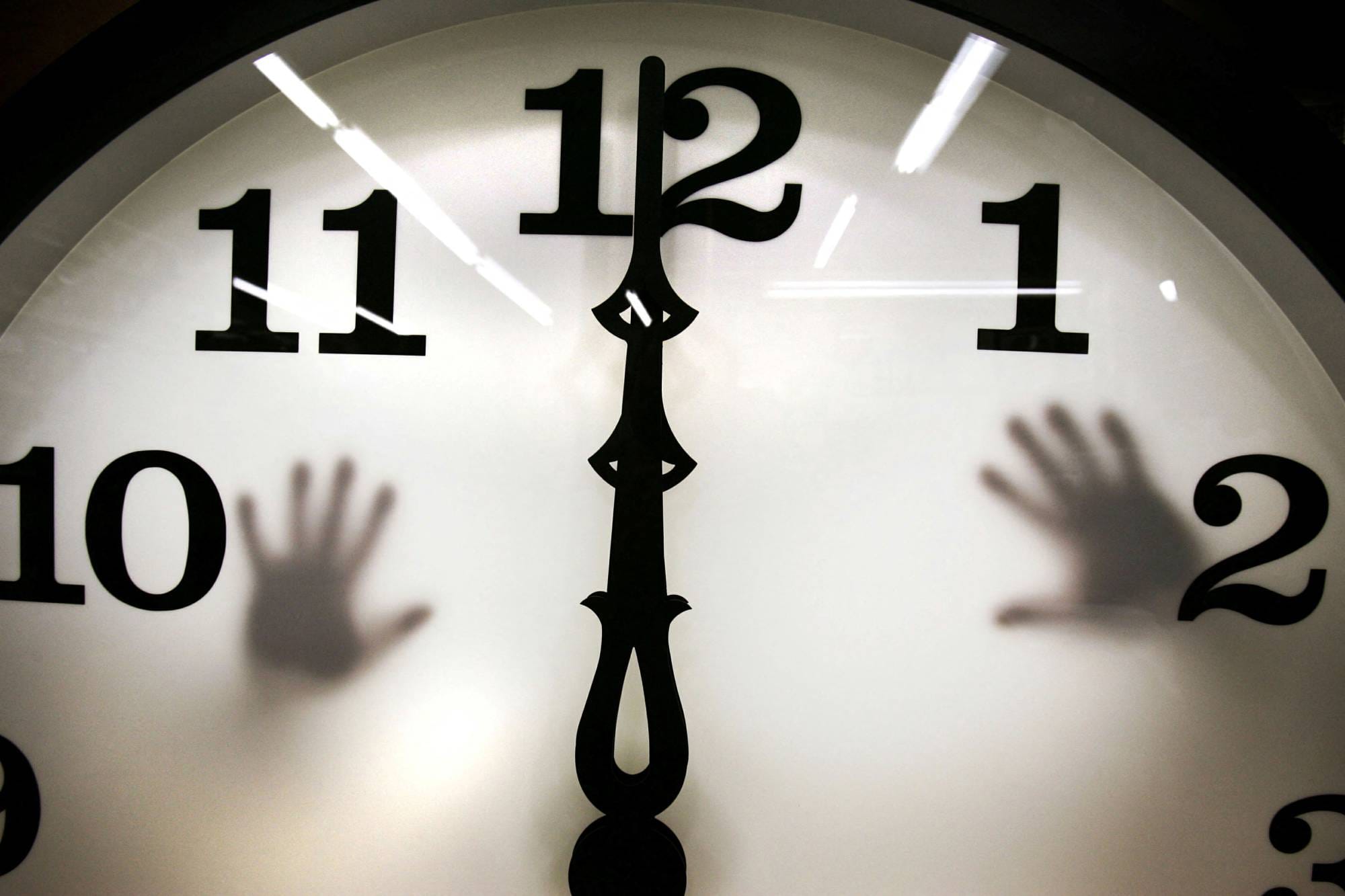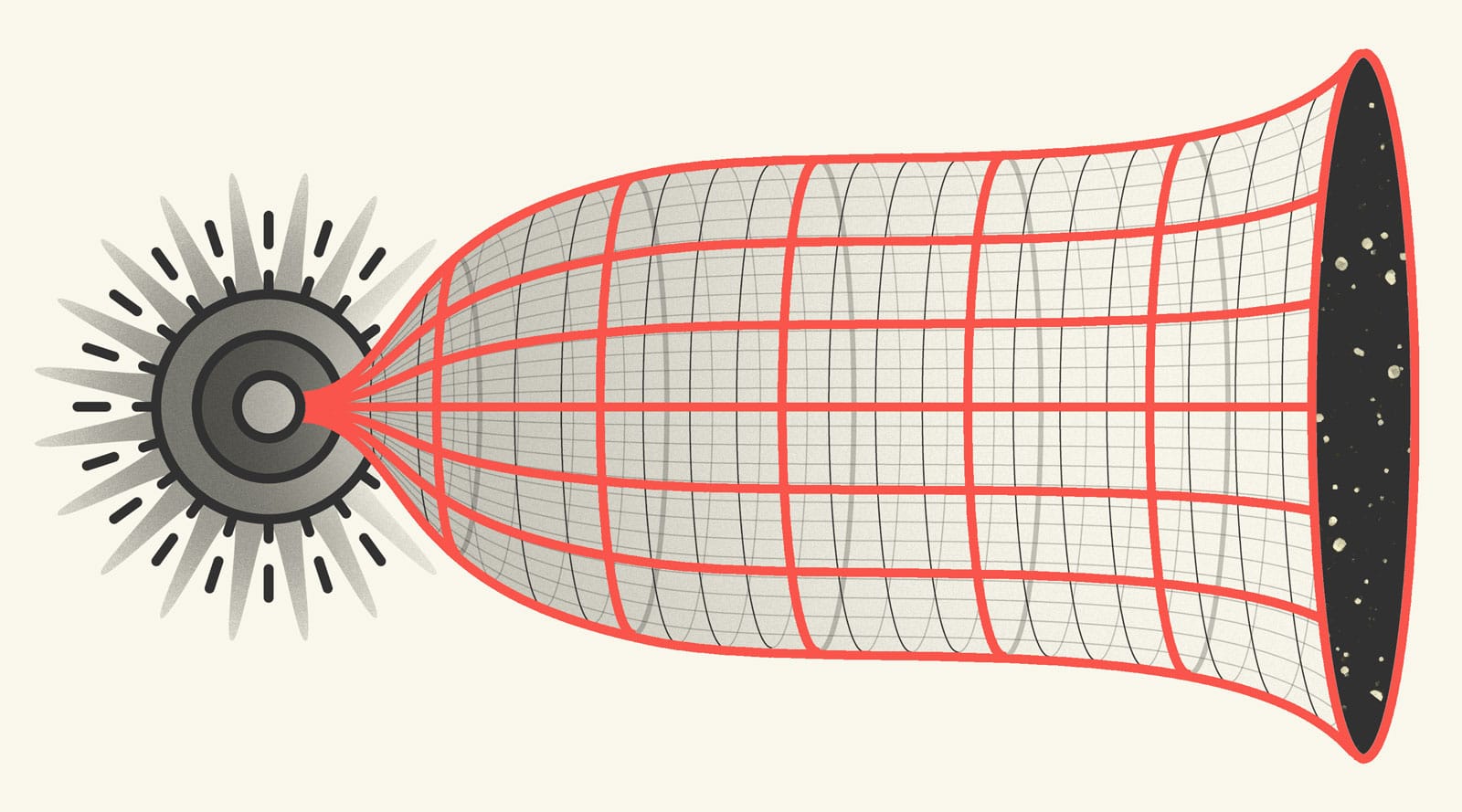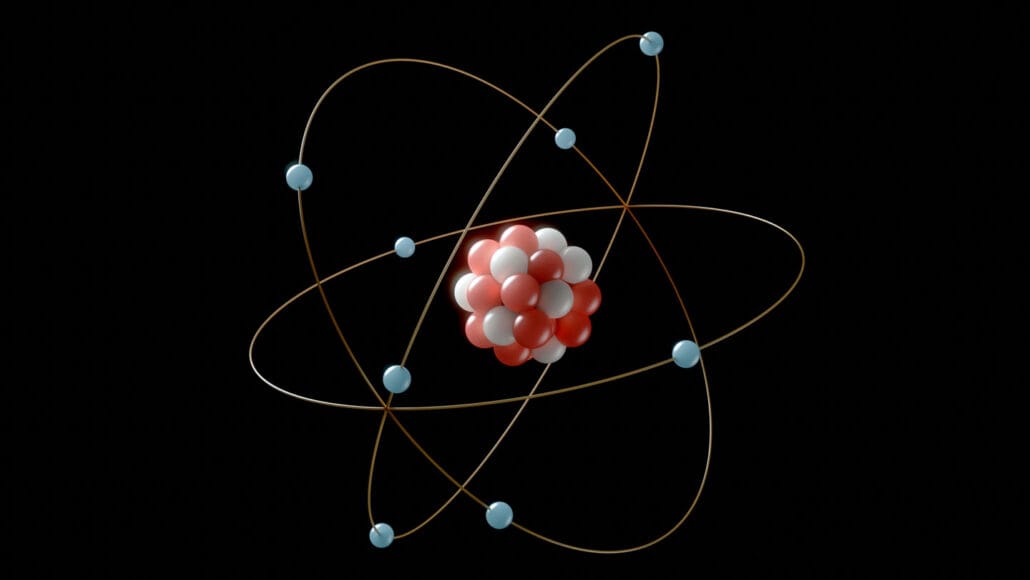Why Does Time Only Move Forward?
Albert Einstein's General Theory of Relativity is a cornerstone of modern physics that intricately weaves the concept of gravity into the very fabric of space-time. His theory transforms our understanding of gravitational pull from a mere force to a pivotal player in a cosmology, where celestial bodies trace their paths along the curved canvas of the cosmos. The greater the mass of these celestial entities, the more profound their influence on the curvature of space, and consequently, the slower the progression of time in their vicinity. This dynamic interplay crafts a complex narrative in which space and time are not just backdrops but active participants, shaping the universe's majestic evolution.
In astrophysics, Stephen Hawking's "A Brief History of Time" stands as a monumental work that guides readers through the intricacies of the cosmos, building upon Einstein's conceptual framework. Hawking adeptly navigates through the mysterious nature of black holes, the explosive genesis of the universe, and the intriguing concept of a universe without definitive boundaries. In his exploration, Hawking reveals that time is a fluid entity, subject to variation under the influences of motion and gravitational forces, challenging the age-old view of time as an infinite, immutable continuum. These scientific revelations, masterfully intertwined with philosophical implications, deepen our comprehension of the universe and fundamentally alter our perception of time.
Our journey into the universe's temporal mysteries illuminates how the seemingly abstract phenomenon of time dilation is, in fact, a tangible aspect of our daily existence. The principles outlined in "A Brief History of Time," though often perceived as abstract and remote, manifest in familiar settings. Consider, for instance, the nuanced experience of time dilation by airplane passengers. This subtle effect, though minute and largely imperceptible in our routine activities, serves as a compelling illustration of Einstein's theoretical constructs intersecting with the fabric of our everyday experiences.
Our Perception of Time

The complex structure of space-time biology elegantly synchronizes with evolution's slow, graceful slide. Meanwhile, psychology and neuroscience artfully map the contours of how we experience time, a journey that is both personal and universal. This deep understanding subtly permeates our language, music, literature, and individual narratives, composing a collective saga that resonates with the essence of being. Time, firmly anchored in physics, still tangos with a mysterious allure that captivates the human spirit. In our daily lives, we carefully plan for events like a 7 pm TV show or an expected dinner time, and we unconsciously demonstrate our innate skill in navigating the flow of time. We unknowingly stitch together our past experiences and envisioned futures.
As we traverse the path from theoretical concepts to the tangible realities of existence, time reveals its presence in the rhythmic ticking of a clock or the steady sway of a pendulum. These simple yet fundamental mechanisms echo the ancient methods of timekeeping, where our ancestors aligned their lives with the repeating schedules of celestial bodies. This rhythm, deeply rooted in the human experience, speaks volumes about our dynamic relationship with time. It transcends the sequence of events, evolving into the canvas upon which our inner journeys are painted. From the first breaths of life to the wisdom that comes with age, time stands as a profoundly personal companion, silently bearing witness to the unfolding narrative of our existence.
Reflecting on historical perspectives, we recall Isaac Newton's vision in 1687, where he perceived time as a steadfast arrow, unwavering and identical across all realms, from the familiar grounds of Earth to the farthest reaches of space. He envisioned a universe where the speed of light was not an absolute constant but a part of a universal tempo of time. This vision, a prelude to the monumental moon landings centuries later, postulated that the span of a day, unchanging and intuitive, is uniformly felt by all beings. In Newton's eyes, our experience of time was as regular and predictable as the Earth's rotation — each day encapsulating a cycle of 24 steady hours.
However, this notion was rigorously tested and expanded upon in the 20th century. Physicist Joseph Hafele and astronomer Richard Keating, in an ingenious experiment, utilized four cesium atomic clocks. These clocks use the vibrations of cesium atoms to measure time precisely, set the standard for a second, and test Einstein's theory. They were placed on commercial airplanes traveling eastward and westward, revealing fascinating results. Published in "Science" in 1972, their findings confirmed Einstein's predictions of relativity: the clocks moving eastward lagged by 59 nanoseconds, while those heading westward sped ahead by 273 nanoseconds compared to a stationary reference clock. These groundbreaking results vividly illustrated the relativity of time and its variability with speed and gravity, thereby challenging Newton's concept of a universal, constant time as postulated in his 'Principia.'
Building upon the pivotal foundation set by the Hafele-Keating experiment, the Gravity Probe B experiment, conducted in April 2004, further cemented Einstein's theory. This sophisticated NASA mission ventured beyond time dilation to directly observe the warping and twisting of space-time around Earth — phenomena Einstein had predicted decades earlier. The mission, equipped with a quartet of ultra-precise gyroscopes, meticulously measured the subtle distortions of Earth's space-time in terms of curvature and the whirlpool-like frame-dragging effect. The results, published with remarkable precision in 2011, affirmed the predictions of general relativity, indelibly etching another stroke of veracity into Einstein's grand portrait of the cosmos.
Despite the conflicting theories proposed by Newton and Einstein to explain the workings of time, both scholars concurred on one fundamental aspect — time moves inexorably forward. No physical evidence suggests that anything in the universe can circumvent time's flow, moving backward or leaping ahead. The reasons why time moves exclusively forward remain shrouded in mystery, a topic of intense debate and theorization among scientists.
On Entropy and The Arrow of Time

Entropy, a term often associated with unpredictability or the myriad potential configurations of a system, emerges as an intimate force of nature. It operates tirelessly, shaping our daily experiences in seen and unseen ways. This force is present in melting an ice cube in your drink, symbolic of the transformation from structured solidity to formless fluidity. It's evident in the gradual rusting of a forgotten bicycle in the yard, where time and nature collaborate to transform the once-pristine into the weathered. Entropy is also in the fragrance of a blooming flower diffusing into the air, an invisible dance of molecules from order to dispersion. Even in our modern lives, it's found in the batteries that power our devices, methodically depleting their ordered energy stores and transforming a clean, orderly room into a space of clutter and chaos. These commonplace occurrences are not simple happenstances but are illustrative examples of the universe's inherent tendency to transition from order to disorder, a fundamental principle that orchestrates all walks of life.
Entropy's role extends beyond mere physical transformations; it fundamentally measures chaos and inexorably increases within isolated systems as time unfolds, thus anchoring the second law of thermodynamics. Entropy, in its essence, is a measure of disorder or randomness in a system. The more ways a system can be arranged without changing its overall appearance or function, the higher its entropy. This relentless increase bestows time with its direction, famously known as the "arrow of time." As entropy increases, it drives the irreversible flow of time forward, marking the progression from order to disorder. The real puzzle, however, lies in understanding how this escalation of entropy influences our day-to-day experience and shapes our understanding of time's steadfast march forward. The universe's journey from order to chaos is governed by this inevitable rise in entropy, a principle markedly distinct from the reversible nature of particle physics.
This one-way street of ever-increasing disorder roots our perception of time's forward progression, becoming a fundamental component of our daily experience and grasp of reality.
To fully comprehend how entropy impacts our perception of time, we must return to the universe's infancy. The Big Bang presented a cosmos in a state of surprisingly low entropy, laying the groundwork for time's unidirectional trajectory. Contemporary cosmologist Sean Carroll eloquently points out that we are, in essence, still riding the initial wave of cosmic orderliness set in motion by the Big Bang. This primordial state of low entropy remains a puzzling enigma, a key yet to be fully understood by modern cosmologists, offering vital insights into both the cosmic past and its potential future.
The insights of Ludwig Boltzmann, a physicist, reveal that the so-called 'arrow of time' manifests large-scale patterns. These patterns are not discernible in the interactions of individual particles but become evident when observing the collective behavior of many particles. This emergence of directionality at a macroscopic level is mirrored in our brain's time processing, influencing our perception as we observe the universe's transition from order to disorder.
Boltzmann's theories suggest a universe inexorably moving towards equilibrium, where maximum entropy reigns, and energy is uniformly distributed. In such a scenario, the distinctions between past and future blur, potentially halting the flow of time as we perceive it and leading to a state of indistinguishable change—a cold, uniform universe: a cup of coffee that cools over time.
On Quantum Time

Navigating away from the notion of entropy heightening disorder in the cosmos, we review enigmatic realms of causality within quantum theory. Here, we probe the intriguing possibility that the patterns of cause and effect are deeply intertwined with the fabric of time itself, pondering what this intricate relationship reveals about the influence of the past on the future.
In this new odyssey, we focus on a seemingly simple entity: the electron. This fundamental subatomic particle, poised at the onset of an experiment, emerges as a beacon in our quest to unravel the temporal dynamics of time in the universe. Through the precise lens of continuous quantum measurements, the behavior of this electron may offer subtle yet revealing clues about the flow of time, providing a quantum-scale illustration of the so-called "arrow of time."
To grasp the concept of continuous quantum measurements more intuitively, let us draw a parallel with tracking a car's journey using GPS technology. Each update on the car's position provides us with a snapshot of its location over time, akin to the record of measurements in quantum mechanics. This series of positional data, much like the trajectory of an electron, unfolds a narrative shaped by the underlying probabilities of where and when the car might be at any given moment. This analogy helps us comprehend not only the car's past route but also its potential future course.
Similarly, tracking the path of a quantum system is comparable to following the meandering journey of a river from its mountain source to the vastness of the sea. Each bend and twist in the river's course mirrors a state through which the quantum system passes, beginning from a pristine spring (the initial state) and flowing toward the oceanic expanse (the final state). Just as we can predict a river's path, the quantum system's progression from its origin to its culmination can be meticulously charted, depicting its evolution through time.
The concept of time reversal in quantum mechanics opens up the fascinating prospect of retracing a system's history. In this scenario, our objective is to uncover an alternate sequence of states that could theoretically revert the system to its original state, akin to rewinding a film. This quest involves identifying at least one sequence that challenges the typical forward flow of time, suggesting the possibility of reversing the usual trajectory, albeit with complexities and probabilities that test our understanding of time's unidirectional nature.
Picture having a video recording of a quantum system, such as an electron, progressing through various states. Observing the video, we can see the system's behavior over time and document our observations. The intrigue arises when we attempt to play the video in reverse. Can we identify a different sequence of observations that portrays the quantum system moving backward in time from its final state to its initial state? This question is pivotal because if we can successfully rewind the quantum system and make it appear to traverse backward, it implies a natural inclination for time to move in one direction.
Scientists employ a statistical tool called Bayes' theorem to elucidate this preference. This theorem aids in determining the likelihood of time moving in one direction over another based on the observations made. This approach gives us insights into why time predominately flows in a specific direction, even at the quantum level.
Furthering our exploration, we delve into the concept of causal asymmetry. This aspect of quantum theory examines the intriguing differences when modeling random processes in both forward and backward directions through time. Consider stochastic processes, which describe how systems behave randomly over time, linking past and future events through probability distributions. Our objective here is to predict future occurrences based on past events.
Within the causal modeling framework, a key concept emerges known as statistical complexity. This metric quantifies the minimum amount of historical information required to forecast future events accurately. The simpler our causal model, the lower the statistical complexity. However, an intriguing complexity arises when we attempt to model a process in reverse: causal models for backward processes tend to be more intricate and distinct compared to their forward counterparts.
This disparity in complexity is encapsulated by "divergence." When divergence exceeds zero, it indicates a preference for one direction of time over the other, suggesting increased complexity in modeling processes in the opposite direction. Thus, the concept of divergence provides crucial insights into why time seems to favor moving forward rather than backward.
Our journey from the theoretical underpinnings to the tangible realities of our existence demonstrates how even the subtle effects of time dilation touch upon our everyday experiences, linking Einstein's theories to the very fabric of our lives. Time, deeply rooted in physics principles, is the canvas upon which our inner evolution is painted.
Although Newton and Einstein proposed differing theories to explain the workings of time, they concurred on one fundamental aspect: time moves inexorably forward. The reasons behind this unidirectional flow of time remain one of the great mysteries of science. Our quest to unravel why time only moves forward has led us to fascinating concepts. The second law of thermodynamics, governing the shift from order to chaos, gives rise to the "arrow of time." Another theory posits that time's progression is intrinsically linked to the universe's expansion, presenting the tantalizing possibility of time reversal if the universe were to contract.
In essence, time's forward march is intimately tied to the cosmic dance of expansion and contraction, offering a captivating perspective on the nature of time. While not definitive, these speculative ideas ignite our imagination about the grand cycles of the cosmos and continue to shape our evolving understanding of time's unpredictable flow.
